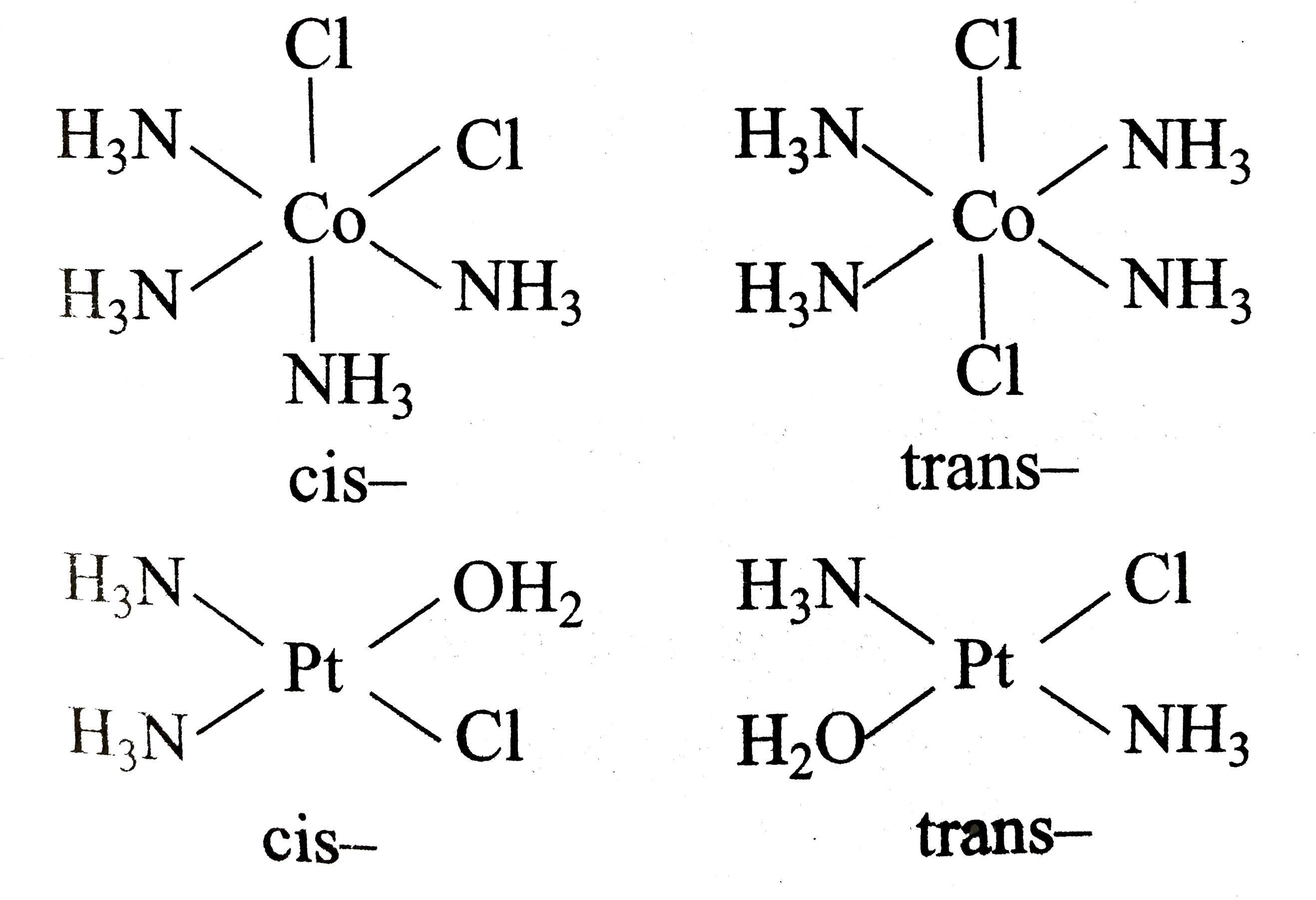A
B
C
D
Text Solution
Verified by Experts
The correct Answer is:
|
Topper's Solved these Questions
COORDINATION COMPOUNDS
R SHARMA|Exercise Archives|56 VideosView PlaylistCOORDINATION COMPOUNDS
R SHARMA|Exercise Archives|56 VideosView PlaylistCHEMISTRY IN EVERYDAY LIFE
R SHARMA|Exercise Archives|11 VideosView PlaylistELECTROCHEMISTRY
R SHARMA|Exercise Follow-up Test 11|7 VideosView Playlist
Similar Questions
Explore conceptually related problems
Knowledge Check
Similar Questions
Explore conceptually related problems
R SHARMA-COORDINATION COMPOUNDS-Question Bank (Building the knowledge)
- The number of geometric isomers that can exist for square planner comp...
01:43
|
Play - If the freezing point of a 0.01 molal aqueous solution of a cobalt (II...
02:58
|
Play - In the complex ion [Fe(H(2)O)(5)NO]^(2+)
01:32
|
Play - Which of the following statements is incorrect regarding the stereisom...
02:58
|
Play - Which of the following coordination entities are more stable for stron...
02:12
|
Play - The total number possible isomers for the complex compound [Cu^(II)(NH...
02:09
|
Play - Which of the folloiwng complexes in not expected to exhibit optical is...
03:55
|
Play - The octahedral complex of a metal ion M^(3+) with four monodentate lig...
03:15
|
Play - The equation which is balanced and represents the correct product(s) i...
02:52
|
Play - In the complex acetylbromidodicarbonyl bis (triethyphospine) iron (II)...
00:58
|
Play - Among the complex ions, [Co(en)(2)CI(2)]^(+) , [CrCI(2)(C(2)O(4))(2)...
Text Solution
|
Play - Which of the following is a bidentate ligand ? (i) Acetylacetonate ...
02:40
|
Play - The IUPAC name of the complex [Cu(C(5)H(7)O(2))(2)] formed bby the rea...
02:07
|
Play - The IUPAC name for [(NH(3))(5)Cr - (OH) - Cr(NH(3))(5)] is
02:04
|
Play - The pair(s) of coordination complexes/ion exhibiting the same kind of ...
02:56
|
Playing Now - EDTA^(4-) i9s ethylenediamine tetraacetate ion The total number of N-C...
03:40
|
Play - Which of the following compounds is not yellow coloured ?
04:16
|
Play - For the octahedral complex of Fe^(+) in SCN^(-) (thiocyanato-S) and in...
04:39
|
Play - An aqueous solution of metal ion MI reacts separately with reagents Q ...
03:41
|
Play - AIF(3) is soluble in HF only in presence of KF. It is due to the forma...
04:01
|
Play
